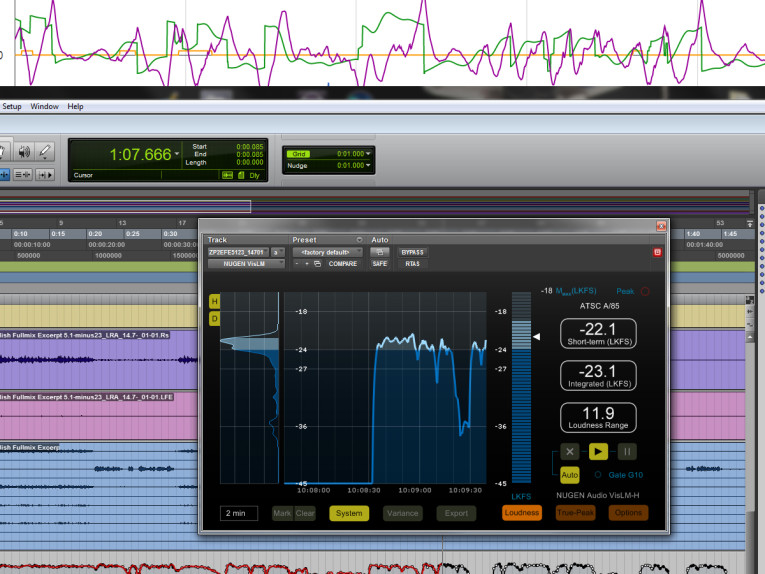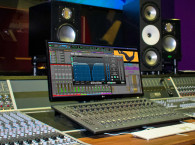
Jon has a background in mastering and engineering and has considerable experience in wider aspects of the industry. While developing his company’s extensive range of loudness metering and correction tools, his work focuses on product design with a particular interest in the usability and workflow aspects of audio software.
In this article written for audioXpress, Jon Schorah states: “Establishing a post-production workflow that integrates loudness normalization leads to improved audio quality, with compliance becoming an integrated and natural part of the creative process. The practice of loudness compliance leads to better audio consistency and enables a greater dynamic range with the introduction of more headroom resulting in the opportunity for more creative expression. Thanks to loudness normalization, there are fewer complaints from consumers, which means that the changes are headed in the right direction so far. Now it’s time to start refining solutions for loudness control and build on the solid foundation already established.”
This article was originally published in audioXpress, February 2014.
Intro:
Coalescing around the ITU-R BS.1770 standard — Algorithms to Measure Audio Program Loudness and True-Peak Audio Level — loudness regulations or recommendations are in place across the US as well as South America, Europe, Japan, and much of the world. No matter where you produce audio and for whom, it’s almost certain the broadcast will need to be loudness-compliant. It’s just a question of how to make it happen.
As loudness management becomes the required norm, the responsibility for compliance increasingly falls on audio post-production engineers. But there’s some good news. Since several world regions have been delivering loudness-compliant broadcasts for two years or more, a methodology for best practice is beginning to emerge. The solutions for loudness control are not only maturing, but also becoming versatile tools in the engineer’s toolbox. Initially, loudness compliance may appear to be just another task added to the seemingly ever-growing list of tickboxes engineers must check before delivery. But if loudness normalization is correctly integrated, it can become more than a means of avoiding consumer complaints and potential fines. It can reintroduce creative freedoms lost in the old peak normalization paradigm and become a tool to improve broadcast audio quality.
Read the full article now available online here.





